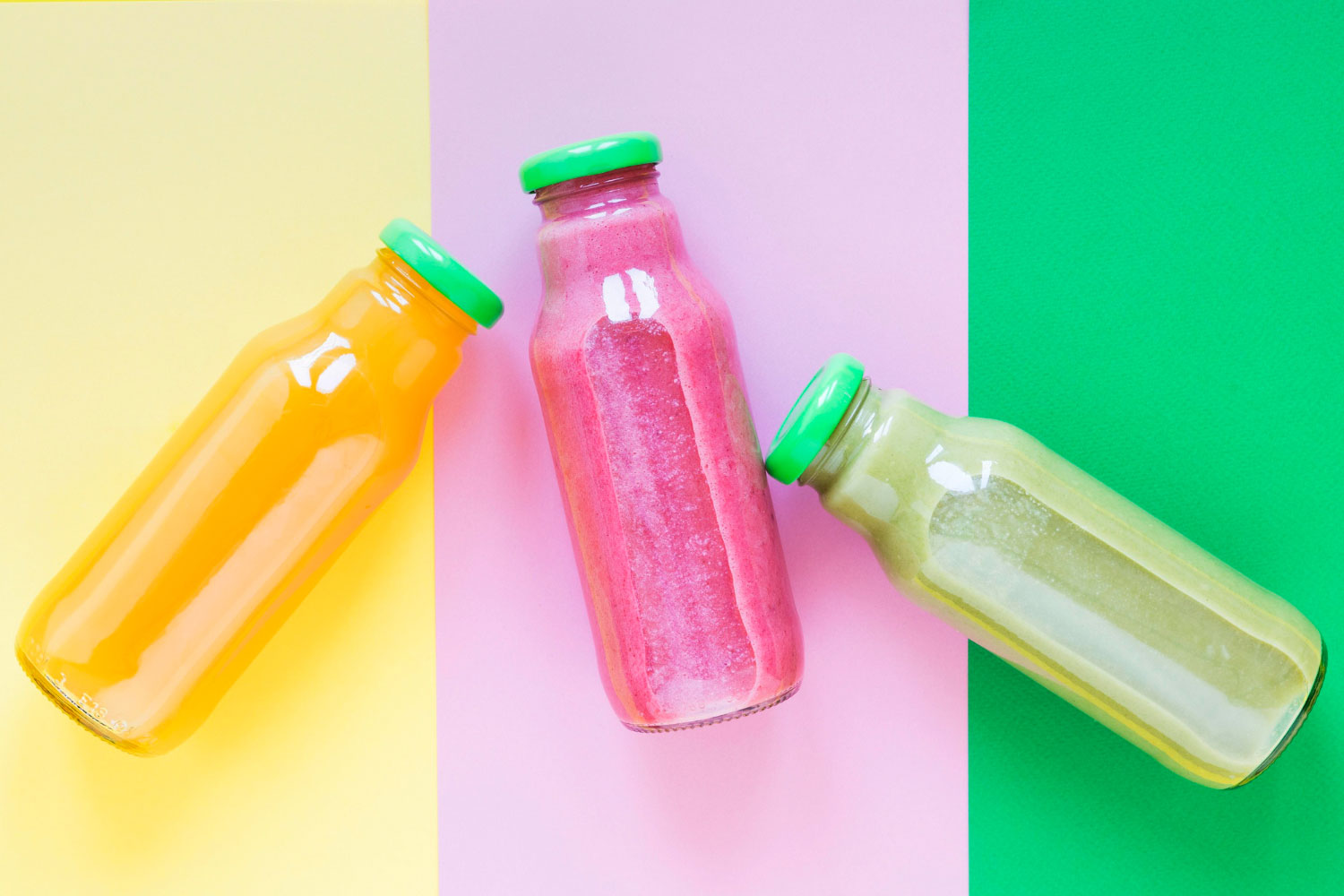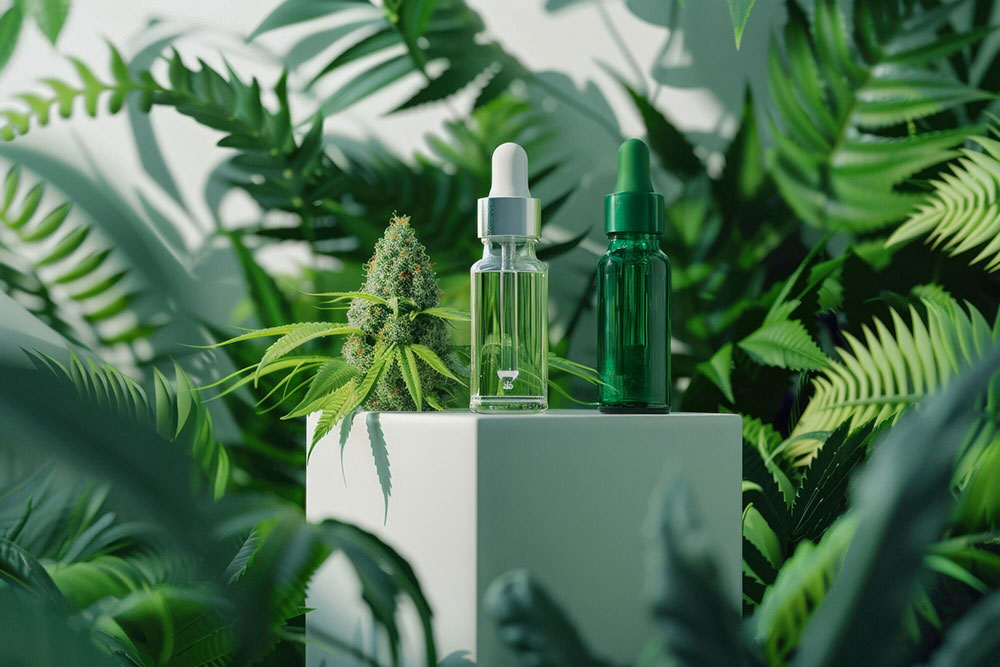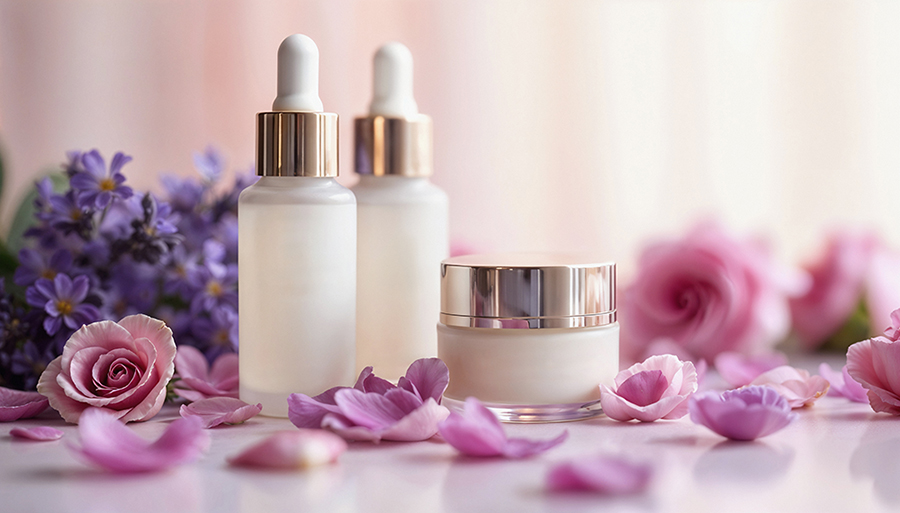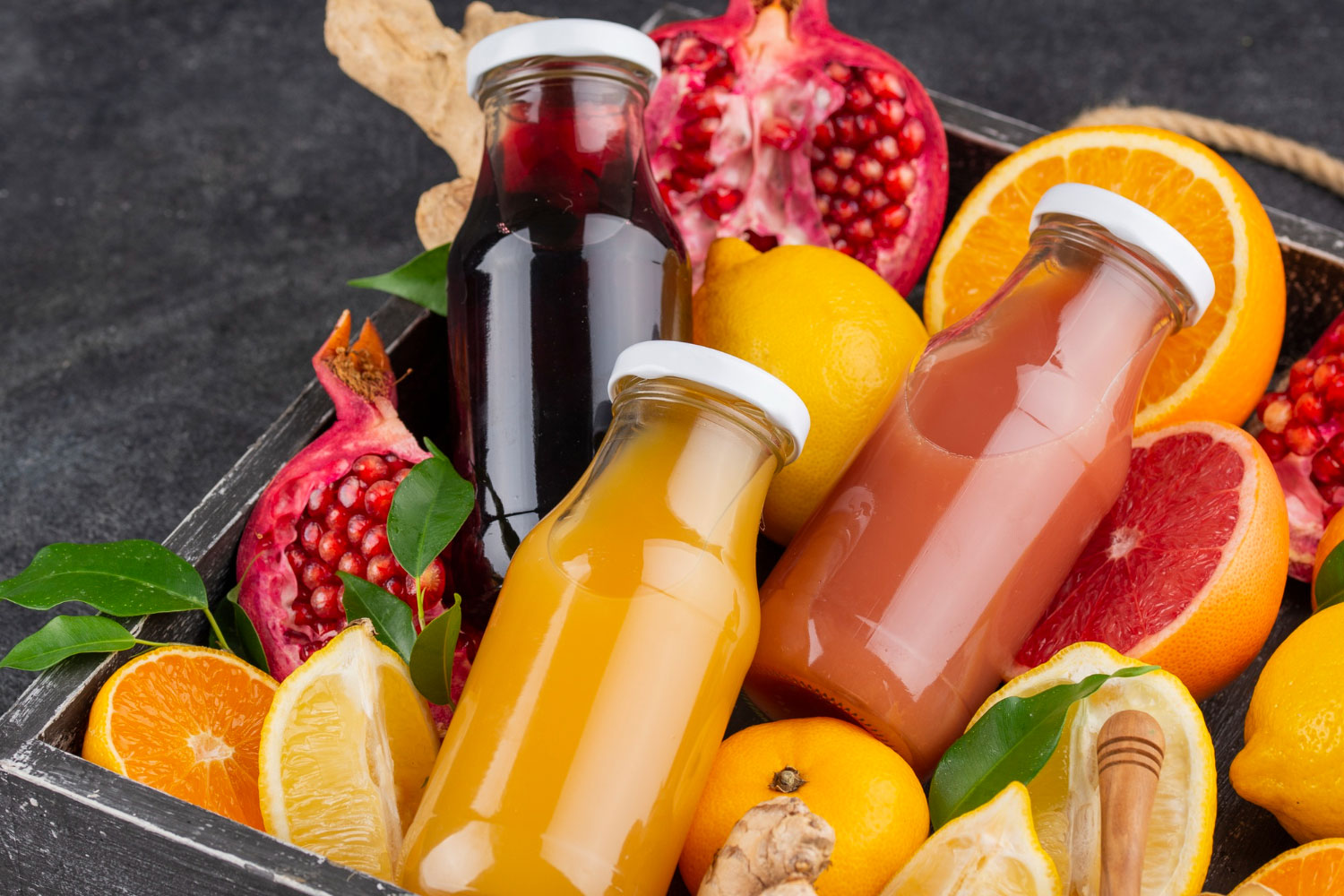How Glass Bottles Influence Taste Perception
Taste, trust, and presentation—these are the holy trinity of the food and beverage world. But did you know your packaging plays a starring role in all three? Whether you’re brewing craft sodas or bottling bold chili oil, the container you choose can make or break your product. More and more Malaysian and other country producers are discovering and buy glass bottles Malaysia to offer the perfect blend of function and flair.
If you’re wondering whether it’s time to make the switch, this blog spills the tea (or kombucha!) on why experts and consumers alike are raising a glass—to glass. Let’s dive into what makes glass packaging the gold standard, and why now might be the best time to buy glass bottles Malaysia suppliers already love.
Give our unique JG1011 Glass Bottle a go, we think you’ll love them.
Consumer Studies on Taste & Packaging Material
Did you know that the way your drink tastes could be influenced by what it’s packaged in? Sounds strange, right? But researchers—and even everyday consumers—have been testing this theory for years. And spoiler alert: glass bottles often come out on top. Let’s dig into what the studies say, and how this impacts your favorite juice, soda, or even chili oil.
Your Brain Cares About Packaging More Than You Think
You might assume that taste is all about ingredients, temperature, and your mood. But packaging plays a sneaky role too. Researchers have found that people actually perceive food and drink to taste better when it’s in a glass container—even if the product inside is exactly the same.
There’s a cool study from the Journal of Sensory Studies (yes, that’s a real thing!) where participants tried the same mineral water in glass and plastic bottles. Guess what? Most people preferred the taste from the glass bottle, even though the water was literally identical. They described it as “cleaner,” “fresher,” and even “colder”—even though temperature was the same. Wild, right?
This suggests your brain isn’t just tasting the liquid—it’s interpreting signals from the packaging before you even take a sip. So if you’re in the business of bottling something delicious, that’s a pretty important thing to know.
Glass Bottles and the “Premium” Effect
Ever wonder why premium products—from cold brews to craft sodas—almost always use glass bottles? It’s not just for aesthetics. Glass packaging adds a sense of quality and trust. Several consumer research studies have shown that people associate glass with purity, safety, and freshness.
In one case study, a food brand in Southeast Asia tested their cold-pressed juice in both PET plastic and glass bottles. When customers were asked to choose which one “looked healthier” and “tasted better,” a majority picked the glass bottle—before even opening it. That’s the power of perception!
Now imagine your product sitting on a shelf next to competitors. If you use high-clarity glass like the JG1011 Glass Bottle, you’re not just showcasing your product—you’re upgrading its perceived value instantly.
It’s kind of like wearing a tailored suit instead of gym shorts to a job interview. Both are still “you,” but one clearly makes a better impression.
Taste Isn’t Just Science—It’s Psychology Too
Taste is deeply psychological. Think about how you associate certain colors, textures, and even sounds with flavor. For example, fizzy drinks just feel more satisfying in glass, don’t they? That signature “pop” when you open the cap is part of the experience.
In another experiment, a group of volunteers tried iced tea from three containers: a glass bottle, a plastic cup, and an aluminum can. The exact same tea. The verdict? Glass won again—by a long shot. People said the tea from glass was more “refreshing” and “natural.” The aluminum one, sadly, was described as “flat” and “metallic,” even though the flavor was identical.
Now, if you’re trying to make your food or drink brand stand out, you can’t ignore psychology. This is where choosing the right packaging—like the ever-classy JG1011—makes a serious difference. If you’re looking to buy glass bottles in Malaysia, don’t just think about logistics. Think about the full consumer experience.
Buy glass bottles Malaysia: Why It All Matters to You (Yes, You!)
If you’re a food or beverage manufacturer, these studies aren’t just fun facts to share at dinner parties. They’re real-world insights that can help boost your product appeal, increase customer satisfaction, and possibly even grow your sales.
Switching to glass bottles—especially those with sleek designs and durable construction—can turn a good product into a must-have item. Whether you’re selling kombucha, chili garlic oil, or organic fruit juices, that “premium” feel starts with the container.
So, if you’ve been searching for a reliable way to upgrade your packaging and impress your customers, you’re not alone. Many brands have already made the switch. Just a quick search for buy glass bottles Malaysia, and you’ll find tons of businesses exploring better ways to package their products—with style and substance.
Final Sip of Wisdom
You may not control every detail of how your product is consumed, but you do control the packaging. And the packaging, as we’ve seen, can influence how your product is perceived—and even how it tastes.
So next time you’re debating between plastic and glass, remember this: glass doesn’t just hold your product. It holds your brand’s reputation, too.
And if your goal is to stand out in Malaysia’s growing F&B scene, glass just might be your new secret ingredient.
Why Glass Doesn’t Leach Flavors or Odors

Let’s be honest—nobody wants their delicious strawberry jam smelling like plastic or their cold brew tasting like yesterday’s leftovers. Unfortunately, that’s exactly what can happen when your packaging messes with your product. The good news? Glass bottles don’t play that game.
One of the biggest reasons food and beverage manufacturers love glass is because it keeps things pure, neutral, and uncontaminated. So, let’s break it down—why does glass behave so well when it comes to taste and smell?
Glass Is Basically a Super Chill Material
Think of glass like that quiet friend who never causes drama. It doesn’t react, it doesn’t interfere, and it definitely doesn’t leave weird aftertastes behind. Unlike some plastics or metals, glass is non-porous and chemically stable. That means it won’t absorb smells or leach unwanted flavors into your products—even after weeks or months of storage.
If you’ve ever stored food in a plastic container and noticed a funky smell the next day, you already know how annoying that is. With glass, that problem disappears. You can pour in tomato sauce, kombucha, chili oil—whatever you want—and it’ll taste just the way it should.
This is one reason why glass bottles like the JG1011 are a popular choice among food brands that care about flavor integrity.
Click here to learn more about the article Glass.
No Chemicals Sneaking Into Your Product
Some plastic containers contain chemical compounds like BPA or phthalates, especially when exposed to heat. These can leach into your product and change both the taste and smell. That’s not only gross, but potentially harmful. Even BPA-free plastics sometimes break down over time, especially if they’re reused or exposed to high temperatures.
Glass doesn’t have this issue at all. It’s 100% inert, meaning it stays exactly the same no matter what you put in it. Whether you’re filling it with herbal oil, carbonated soda, or freshly blended juice, the taste remains authentic. Nothing leaches. Nothing smells weird.
This makes glass a great option for sensitive recipes—like essential oils, fruit concentrates, or anything that involves bold or fragrant ingredients.
Heat, Sunlight, and Time? Glass Can Handle It
Plastic and aluminum often react poorly to heat or UV exposure. You leave that bottle in the car for too long, and suddenly your coconut water tastes like melted rubber. Not ideal.
Glass, on the other hand, stands up to heat and light way better, especially if it’s thick and designed for durability (hello, JG1011!). That means your beverage or food product stays fresher, longer, even when stored in bright retail environments or warm climates like Malaysia.
This also makes it perfect for pasteurization or hot-fill processes, where other materials might warp, melt, or chemically alter your product. Want a worry-free packaging experience? Glass has your back.
So if you’re producing something that needs to sit on shelves without changing taste—or worse, smelling like the packaging aisle—glass is a smart call.
Consumers Notice When Products Smell or Taste “Off”
Let’s not forget the customer experience. Imagine someone buys your beautiful chili sauce in a plastic bottle and notices a strange aftertaste. They probably won’t blame the packaging. They’ll just think your product wasn’t that great. Ouch.
Now, imagine the same sauce in a crystal-clear, non-leaching glass bottle. The flavors are vibrant, the smell is exactly as it should be, and the first impression is chef’s kiss.
Packaging directly affects how customers judge the quality of your brand. And trust me—if you want customers to fall in love with what you’re selling, you don’t want your bottle working against you.
If you’re planning to buy glass bottles in Malaysia, now’s a great time to upgrade to a packaging material that makes your product shine—and taste amazing.
A Quick Recap (Because We Like Lists)
- Glass is non-reactive — it doesn’t mess with your flavors or absorb odors.
- No chemicals leach in, even under heat or sunlight.
- It’s safe for all food types, including acidic, spicy, or aromatic recipes.
- Consumers notice the difference, and they appreciate the quality boost.
Final Thoughts: Keep It Clean, Keep It Glass
In the world of food and beverages, flavor is everything. And packaging plays a bigger role than most people realize. If you’re putting time, money, and love into creating something tasty, why let a reactive container ruin it?
Glass lets your product shine in its truest form. No unwanted flavors, no lingering smells—just pure, delicious goodness.
So if you’re serious about flavor, and you’re hunting for the right supplier, go ahead and buy glass bottles Malaysia locals trust—your recipe deserves nothing less.
Beverage Experts Weigh In on Glass Superiority

You know glass bottles look great, but what do the pros say? We’re talking beverage makers, baristas, brewers, and flavor fanatics. These folks spend their days perfecting every drop of liquid gold, so they definitely have opinions.
Turns out, a lot of industry experts are glass bottle superfans, and not just for aesthetic reasons. Let’s take a sip into what they’re saying—and why their insight matters for your brand.
First Impressions to Buy glass bottles Malaysia: Glass Wins on Presentation Every Time
We spoke to Jason, a craft soda maker in Kuala Lumpur, who put it simply: “Glass bottles sell better. Period.”
He ran a side-by-side test at his weekend market stall, offering the same soda in PET plastic and in sleek glass bottles. Guess which sold out first? Yup—the glass ones.
“Customers kept saying it looked more premium,” he explained. “They felt like they were treating themselves to something fancy.”
It’s not just looks, though. Experts say glass packaging can elevate brand perception, even before the customer tastes what’s inside. Especially in Malaysia’s growing F&B scene, where products are competing for shelf space, first impressions matter—a lot.
If you’re looking to boost perceived value, even without changing your recipe, buy glass bottles Malaysia producers are loving right now. It’s a small shift that can bring a big impact.
Baristas & Cold Brew Gurus Trust Glass for Freshness
Let’s talk cold brew. It’s trendy, it’s strong, and it’s surprisingly sensitive to packaging. That smooth, chocolatey flavor profile? It can get ruined fast if stored in the wrong container.
We chatted with Aina, a specialty coffee barista and cold brew entrepreneur, who swears by the JG1011 Glass Bottle.
“Plastic ruins the flavor after a day or two,” she said. “Glass keeps it fresh all week. It doesn’t absorb the oils or alter the taste. Plus, customers say it tastes ‘cleaner’—which is weird but true!”
It’s no surprise. Cold brew is full of delicate flavors that can shift based on container materials. Glass preserves its character best, locking in the richness without interference.
So whether you’re bottling iced coffee or herbal tea, glass isn’t just about looks—it’s about flavor integrity from first sip to last.
Brewers Know: Glass = Stability + Safety
If anyone obsesses over packaging, it’s craft brewers. Yeast, carbonation, fermentation—these processes need a stable, safe environment to do their thing.
We caught up with a microbrewer from Penang who uses glass exclusively for small-batch kombucha.
“Plastic can’t handle pressure. It warps, it leaks, and it can make your brew taste funky,” he explained. “Glass is airtight and totally neutral.”
He’s not alone. Beverage makers working with carbonated or fermented drinks love that glass can handle pressure without deforming. And the non-reactive surface means no unexpected flavors creeping into your bottle of bubbly.
For fizzy drinks and fermented wonders, glass offers unmatched consistency—something every serious beverage producer wants.
Mixologists Say Glass Adds a Premium Experience
Okay, this one’s more about vibe than science—but it still matters. Mixologists and bartenders often say that drinks simply “feel” better in glass. There’s a ritual to opening a glass bottle. The pop of the cap, the clink against ice—it all adds to the experience.
One local mixologist told us, “When a guest gets a drink served in a beautiful glass bottle, they instantly think it’s better quality.”
And guess what? That perception can boost repeat purchases, brand loyalty, and even your social media shares. Yes, the bottle matters that much.
So if you’re looking to add that “wow” factor to your product without adding artificial ingredients or gimmicks, glass is your secret weapon.
Why the Experts’ Opinions Matter to You
You might be wondering, “That’s great for brewers and baristas—but what about my product?” The truth is, any food or beverage that relies on freshness, flavor, or visual appeal can benefit from the glass upgrade.
Whether you’re selling kombucha, calamansi juice, or spiced vinegar, the packaging speaks before your product ever touches a tongue.
If experts who work with taste every day trust glass, why not follow their lead? Especially when it’s easier than ever to buy glass bottles in Malaysia and find options like the JG1011 that blend form, function, and flavor protection.
The Takeaway? Listen to the People Who Taste for a Living
When beverage experts say glass is better, they’re not just being snobby. They’ve tested it, lived it, and tasted the difference. So whether you’re a small startup or scaling a national brand, their advice holds real value.
Want your drink to taste exactly how you imagined it? Want your product to look premium, stay safe, and impress customers at first glance?
Then yes—glass is the way forward.
Simple Swaps: Upgrading Packaging Without Overhaul

Thinking of switching to glass but feeling overwhelmed by the idea? Relax—it doesn’t have to be a total brand makeover. In fact, you can upgrade your packaging with just a few simple swaps, without changing your recipes, your branding, or your supply chain from top to bottom.
Let’s walk through practical ways to upgrade to glass, the easy way—no stress, no massive expenses, and definitely no headaches.
Start Small with Limited Batches or Seasonal Lines
You don’t have to change every product all at once. Many smart food and beverage brands start by testing one glass-bottled item—usually a best-seller or a seasonal special.
For example, launch a limited-edition cold brew in a sleek glass bottle. Or try bottling your spicy garlic oil in a clear, high-quality glass jar like the JG1011 for a premium look. You’ll get real feedback, gauge customer response, and test logistics—all without betting the farm.
If it sells well (and it probably will), you’ll know you’re on the right path.
Bonus: Limited glass editions tend to feel more exclusive. That gives your brand some instant boutique vibes—without the boutique price tag.
Buy glass bottles Malaysia: Keep Your Labels, Change the Container
Here’s a secret: you don’t need to redesign your entire label just because you’re switching from plastic to glass. In most cases, you can keep your original label design, just tweak the size slightly to fit the new bottle.
Even better, many glass bottle models—like the JG1011—are designed with label placement in mind. They have smooth surfaces and standard sizing, making it super easy to adapt. No need to call your graphic designer in a panic.
So go ahead and keep your branding strong. Let the upgraded packaging do the talking.
Buy glass bottles Malaysia Make the Swap Where It Matters Most
Think about your most sensitive or high-impact products—like beverages, oils, or sauces that rely on flavor, aroma, or visual appeal. Those are the perfect candidates for a switch to glass. That’s because glass protects taste and texture better, all while making your product pop on the shelf.
For example, if your chili oil or fruit syrup comes in a plastic bottle, it might lose potency or smell off after a while. Swap that out with glass, and suddenly your flavors stay bold, your oils stay fresh, and your customers stay happy.
You don’t have to change everything—just upgrade the packaging where it makes the biggest difference.
Simplify Sourcing with Ready-to-Use Glass Options
One of the biggest myths out there is that glass is hard to source. Not true. There are now plenty of ready-to-use glass bottles available in Malaysia, especially from local suppliers who understand food-grade needs and fast delivery.
You don’t need to go full custom either. Start with pre-made designs like the JG1011 Glass Bottle, which is stylish, durable, and designed for both beauty and performance. These off-the-shelf options help you skip long production times and get to market fast.
Just search Buy glass bottles Malaysia and you’ll find several options ready to go—no tooling, no minimum orders, no shipping drama.
Small Packaging Tweaks, Big Brand Payoffs
The beauty of switching to glass is that it signals premium quality without you having to change your entire operation. Customers notice the change right away, especially if it’s combined with good design and strong product flavor.
In fact, many brands report increased repeat purchases and better reviews simply because the product feels more trustworthy and tastes better in glass.
Want to upgrade your look, boost your flavor, and make customers feel like they’re getting something special? All that, without changing your core product? Just switch your bottle.
Final Thought: You’re Closer Than You Think
If you’ve been putting off switching to glass because it sounds complicated—good news! It’s not. With the right approach, the transition can be smooth, smart, and scalable.
Start small. Test with intention. Upgrade your most important products first. And use packaging options that are already market-ready, like the JG1011.
In short, you don’t need a complete overhaul—just a smarter container.
So if you’re ready to take your packaging to the next level, now’s the perfect time to buy glass bottles Malaysia producers already love. It’s a simple switch that could change everything.




